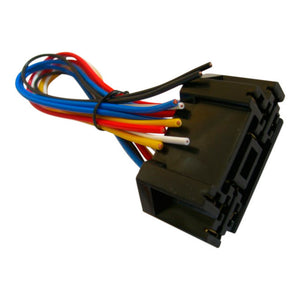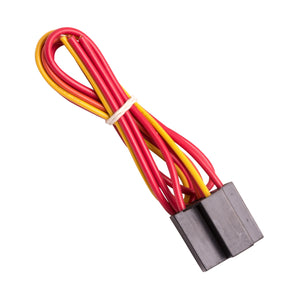
Power Up Your Projects: Linear Actuator Relays for Actuator Success
Simplify your linear actuator projects! We offer a one-stop shop for everything you need to control and integrate your actuators. From high-quality relays to remote controls and pre-made harnesses, we have the parts to streamline your setup.
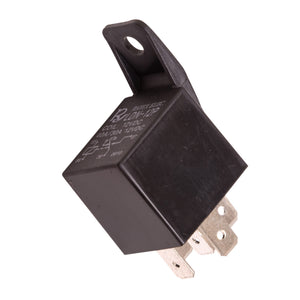
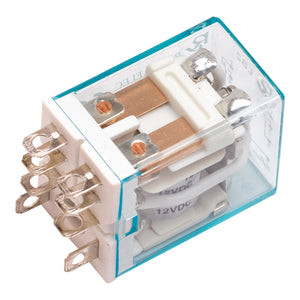
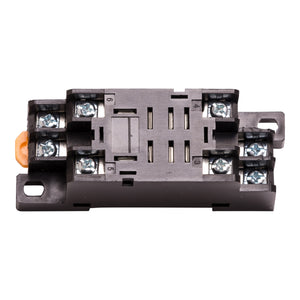
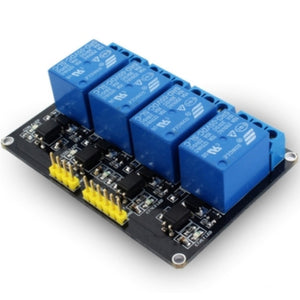
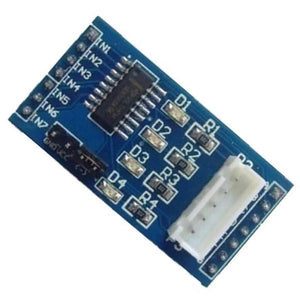

Controlling a Linear Actuator with an Arduino and Relay
We have made for you an easy to follow step by step guide on how to control your Linear Actuator. If you have any questions feel free to get in touch with us and we will be more than happy to answer them.
Bridging the Power Gap: Arduinos operate at low voltage (typically 5V) and can't handle the higher currents most linear actuators require. Relays act as a bridge. They're controlled by the low-power signal from your Arduino, but allow the higher current needed by the actuator to flow through separate power connections.
Flipping the Switch (Voltage Polarity): Relays can be used to flip the polarity of the voltage delivered to the actuator. This clever trick is key to controlling its direction. By manipulating the positive and negative connections, you can tell the actuator to extend or retract.
Stopping Power: Relays offer more than just basic on/off control. In its default state, the relay keeps both connections open, effectively stopping the actuator like a switch turned off. However, relays can also be used for "controlled stopping" by selectively connecting the positive or negative terminal with your Arduino signal. This allows for a more precise hold position and opens doors for advanced techniques.
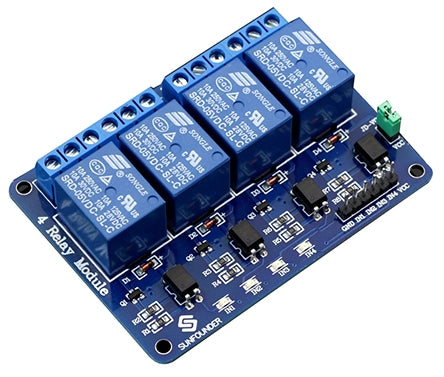
Applications of Relays in Linear Actuator Control
While linear actuators offer incredible force and movement, controlling them directly with a microcontroller like an Arduino can be tricky. That's where relays come in. They act as intermediaries, allowing your low-power control signal to safely manage the higher current needed by the actuator. But what does this translate to in real-world applications? Let's explore some exciting ways relays and linear actuators work together:
-
Simplifying Automation:
- Smart Furniture: Imagine a sit-stand desk that automatically adjusts to your preferred height at the touch of a button. Relays make this possible by allowing your microcontroller to control a linear actuator that seamlessly raises or lowers the desk surface.
- Window Openers: Relays can be used to automate window opening and closing based on temperature or schedule. This not only improves ventilation but also contributes to energy efficiency.
-
Advanced Control Techniques:
- Security Systems: Relays paired with limit switches and linear actuators can be used to create secure access control systems for gates, doors, or hatches. The relay acts as a gatekeeper, ensuring the actuator only activates with proper authorization.
- Robotics: Imagine a robotic arm with multiple joints controlled by linear actuators. Relays manage these actuators, enabling the arm to pick and place objects with incredible precision.
.
Frequently Asked Questions
A relay is essentially an electrically operated switch. It uses a small amount of electrical current to control a much larger current flow in a separate circuit. Imagine a single pole double throw relay or a SPDT as a fancy light switch. The small current from your control signal (like a button press) acts like a finger flicking the switch. This, in turn, connects or disconnects the higher current flowing through a separate circuit, turning your light on or off.
In linear actuator control, a single pole double throw relay might be used to control the direction of the actuator. By flipping the switch (changing the polarity) with the relay, you can determine whether the actuator extends or retracts. There are other relay configurations with multiple poles and throws that offer even more complex control possibilities.
A relay functions like an electrically operated switch, controlling a high-power circuit with a low-power signal. Here's a breakdown of how it works:
- The Coil: Imagine a coil of wire within the relay. This coil acts like an electromagnet.
- The Control Circuit: This is the low-power circuit that sends a signal to the relay. It could be a switch you press, a signal from an Arduino, or any other source of low voltage.
- The Contacts: Inside the relay, you'll find sets of metal contacts. These act like the actual switch mechanism. There are different relay configurations with varying numbers of poles (contacts that connect/disconnect) and throws (number of positions each pole can switch to). A common type is the Single Pole Double Throw (SPDT) relay, with one control pole and two output contacts.
In essence, the small current from your control circuit acts like a trigger, flipping the switch (contacts) in the high-power circuit based on the relay's configuration (SPDT, DPDT, etc.). This allows you to control powerful devices like linear actuators with a simple low-voltage signal.
Top Blog Posts for Relays
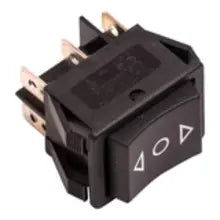
Mastering your switch setup is key to any successful application. We'll guide you through various wiring configurations, catering to the specific needs of your project....
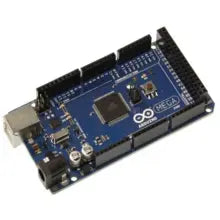
While directly connecting an Arduino to a linear actuator isn't possible, setting things up is surprisingly simple. This guide outlines the essential components you'll need...
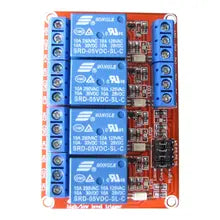
Linear actuators offer incredible force and versatility, but controlling them might seem daunting. We'll guide you through building your own control system, exploring options from...
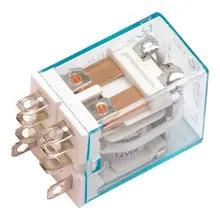
This guide dives deep into the fascinating world of reverse polarity and its impact on linear actuators. We'll unveil the practical applications, explain how it...
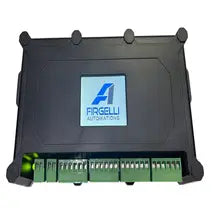
Want to control multiple linear actuators in sync? Our FCB-1 control board simplifies setup and keeps everything running smoothly. Learn more about its features and...
